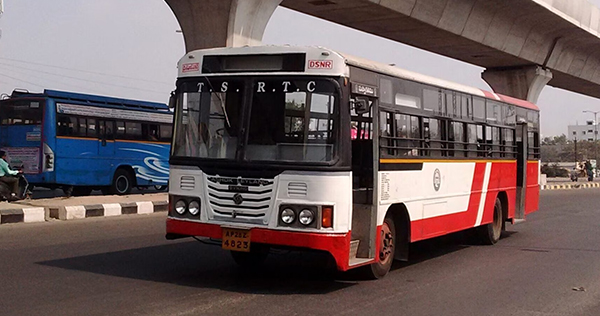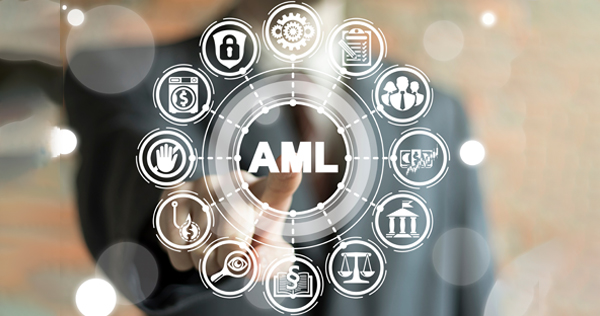ISB Experience Tailored to you
Help us tailor the website experience to your taste. Make some selections to let the website work better for you.
I am Interested in
- SALES
- ENTREPRENEUERSHIP
- GENERAL MANAGEMENT
- POLICY MAKING
- Marketing
- IT & ANALYTICS
- HEALTH
- FAMILY BUSINESS
Suggestions for You
Search ISB
No record found
Suggestion
Course
Research

Industrial Projects

The Role of Classed Wording in Perpetuating Class-Based Inequalities in the Workplace

Telangana State Road Transport Corporation (TSRTC)

Telecom SIM Subscription Frauds: Global Policy Trends, Risk Assessments, and Recommendation

Mule Account Identification and Detection using Machine Learning Models
APPLICATION OF FASHION TREND TRACKING IN A DATA MODEL
Analyst: Shreya Singireddy
Faculty mentor: Professor Nagadevara V
With the increase of digitalization, the amount of data generated by the retail industry is enormous. The new information sources such as browsing histories, click-rates, explicit feedback in the form of likes, comments, reviews on social media are now omnipresent. Such barrage of information is useful for the Fashion industry to keep track on the consumers’ potential interests, demands and sentiments. As a result of such widespread availability of Big Data and the rapid development of Machine Learning and Data Analysis, companies and businesses are experiencing a data revolution in their management. To survive and thrive in this extremely competitive industry, the companies need to be able to extract valuable insight in order to make informed decisions.
One of the major decisive points of a retail brand or a boutique is its ability to keep track on the current fashion trends and implement it in its manufacturing related decisions, while simultaneously cutting down on the inventory loss. Fashion Forecasting has been done in the past and will be carried in the future, but with the surge of such extreme quantity of unstructured data, it has become increasingly important to design and develop a methodology that enables fashion outlets to keep an eye on the ever-changing fashion circuit.
In the current study, the researchers have used NLP, Classification models, Word Vectorization and Deep-Learning technologies for designing and developing a model that predicts the fashion trends, thereby, curtailing the inventory loss.
PERSONALISED DIALOGUE AGENTS: CHATBOT AS ADMISSION ASSISTANCE
Analysts: Vishali Nalla & Aditya Taori
Mentor: Dr. Shruti Mantri
Admission team at Indian School of Business(ISB) receives numerous queries from prospect leads/students of PGP/AMPBA. A chatbot on ISB website can act as an answering machine for admissions team and reduce the number of queries directed to them. With this objective in mind, our team has focussed on developing a chatbot by using Google’s Dialog flow framework and integrated into web application using Django. Dialog flow leverages Google’s Natural Language Understanding (NLU) capability to understand user’s intent effectively and delivers the response accordingly. This chatbot is named Tycoon and resolves up to 90% of admission related queries. The queries which are not resolved by the chatbot are escalated to the admission team for a follow-up.
Key-words: Agent, chat-bot, NLP.
DATA MINING IN MANAGEMENT INFORMATION SYSTEM FOR THE ELECTRICITY REGULATOR
Analyst: Vishali Nalla
Mentor: Dr. Shruti Mantri
Recently State governments in India are struggling with high costs of power purchase primarily due to an increase in electricity demand, also rise of coal price, rail freight, short-term purchase costs could be possible reasons among others. This motivates us to concentrate on the problem of reducing the power purchase costs to decrease the costs burden on government and offer better subsidy’s to deserving consumers. In the current study, power purchase optimisation model was tested on the data and validated the possibilities of cost cutting and savings in long term power purchase contracts. Additionally authors are extrapolating pricing strategy for electricity markets using Non- Cooperative Game Theory concepts.
Key-words: Game Theory, pricing strategy, optimisation.
SURYANAMASKAR POSE DETECTION AND CORRECTION
Analyst: Ujjayanta Bhaumik
Mentor: Professor Nagadevara V
Abstract: Computer vision aims at automated extraction of relevant information from an image or video (I.e. a sequence of images) in order to carry out further analysis, understanding and strategization. Computer vision has already found applications in various processes such as autonomous vehicles, industrial robotics, tracking movement, facial authentication, tagging and labelling images and medical imagery analysis. All these applications involve use of deep learning. The current work uses deep learning to detect Suryanamskar poses and suggest corrective measures.
Keywords: yoga, pose, deep learning, suryanamaskar.



